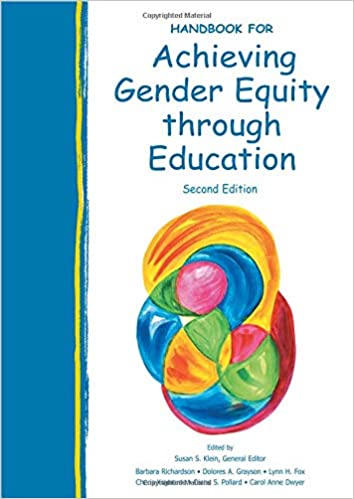
The Feminist Majority Foundation launched our Education Equity program in 2003 in response to constant attacks to Title IX. Our Education Equity program plays a leading role in compiling research on gender equity and developing a national Title IX Action Network to fight the many threats to Title IX and maximize its beneficial impact on society.
A multi-year study on the State of Public School Sex Segregation in the United States released in 2012 as part of the 40th anniversary of Title IX confirmed widespread non-compliance with Title IX and the U.S. Constitution protections against sex discrimination in all but four states which instituted deliberate single-sex education in over 1,000 public K-12 schools during 2007-10. Key recommendations include rescinding the 2006 ED Title IX regulations which weakened safeguards against sex discriminatory sex segregation and empowering Title IX coordinators to identify and help stop this increased sex discrimination.
Part I: Patterns of K-12 Single-sex Public Education in the U.S. (2007-10)
Part II: Role of the States in Addressing Single-sex Public Education (2007-10)
Part III: Summary and Recommendations
FMF’s second multi-year report on Identifying US K-12 Public Schools with Deliberate Sex Segregation should help stakeholders implement the OCR December 2014 guidance on ending sex discriminatory sex segregation.

2007 Handbook for Achieving Gender Equity through Education
The second edition updates our 1985 Handbook for Achieving Sex Equity through Education (Susan S. Klein, Editor) published by Johns Hopkins University Press and sponsored and endorsed by the American Educational Research Association. Like the previous handbook, the second edition was developed collaboratively with the help of seven distinguished editors and over 200 scholars and reviewers, including many of the original handbook contributors.
This 22-year update contains an exciting foreword by Eleanor Smeal and is bigger and more comprehensive than the 1985 handbook, which captured the early years of progress after Title IX’s passage in 1972. This handbook is especially valuable to the increased numbers of researchers, educators, and educational activists interested in gender equity, and is a key reference tool for Title IX Coordinators and their equity allies at all educational levels. In addition to schools of education, it will be a valuable reference book for journalists, women’s and gender studies faculty and students, and professional organizations concerned with educational equity.
Learn more and order your copy of the Handbook for Achieving Gender Equity through Education online. If you are interested in obtaining a copy of the first edition, a PDF of the microfiche is available here.